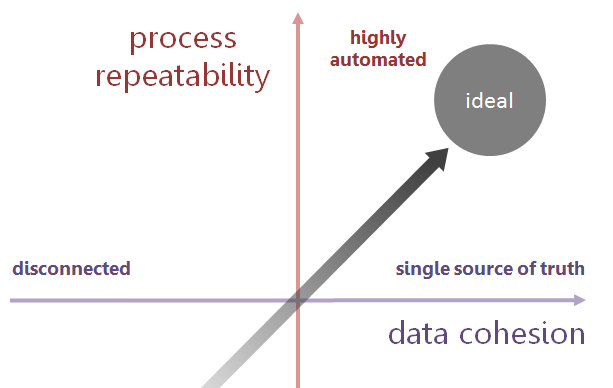Can PLM Measurably Increase Revenues?
/As a business owner for 30 years, I’ve developed a few guiding principles about making business decisions. One of these principles is based on understanding the impact of a decision on the P&L, and visa-versa, identifying what proactive steps I can take to affect changes to the P&L. A recently published white paper by Accenture parallels this idea (see next article below). It speaks to the benefits of PLM by highlighting its effect on time to market, reuse, scrap, quality, etc. It is informative, yet it prompted me to be more definitive. Can we map the contributions of PLM to the P&L … and what would that look like? So, I decided to take a stab at this.
Read More





